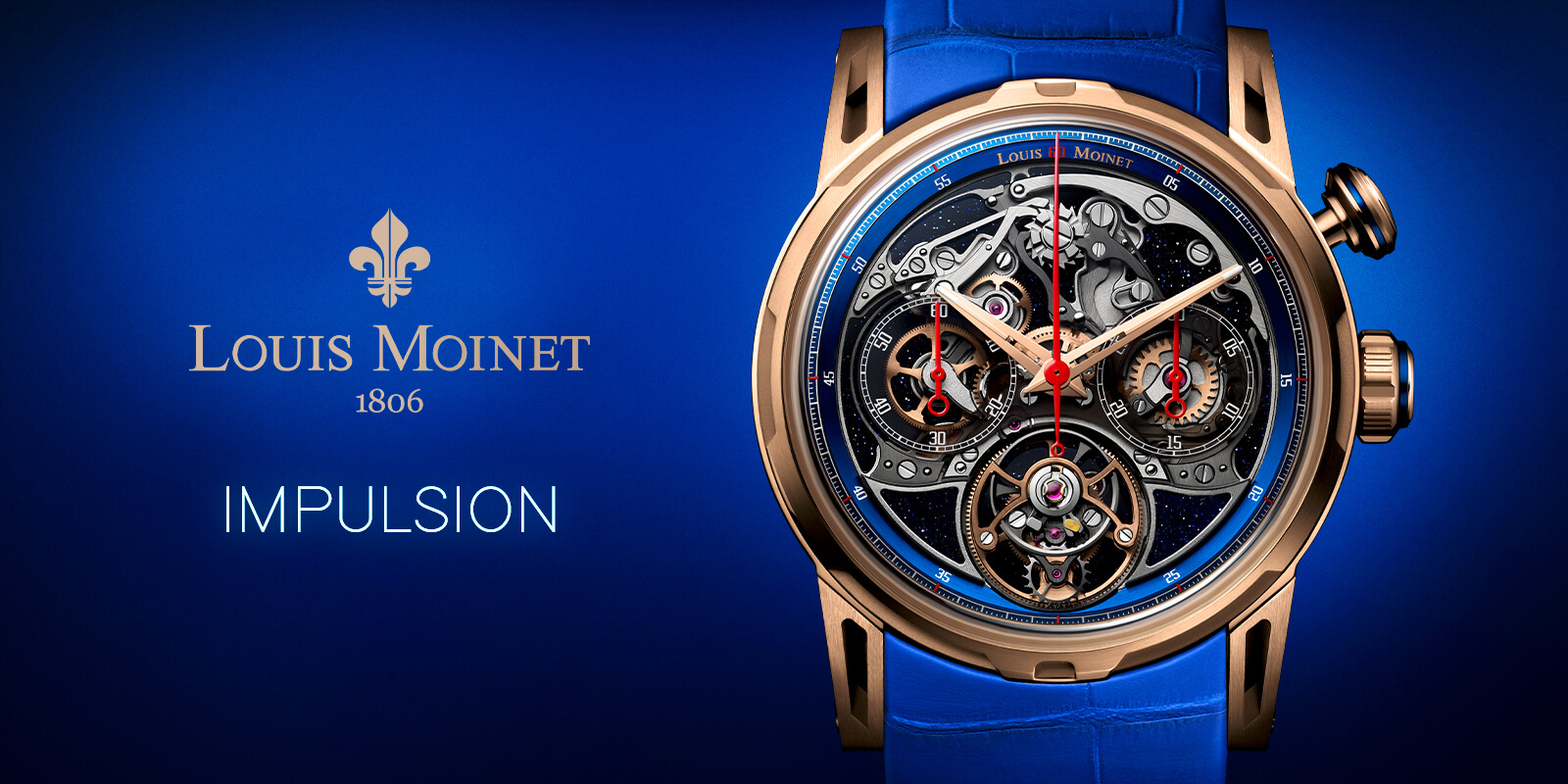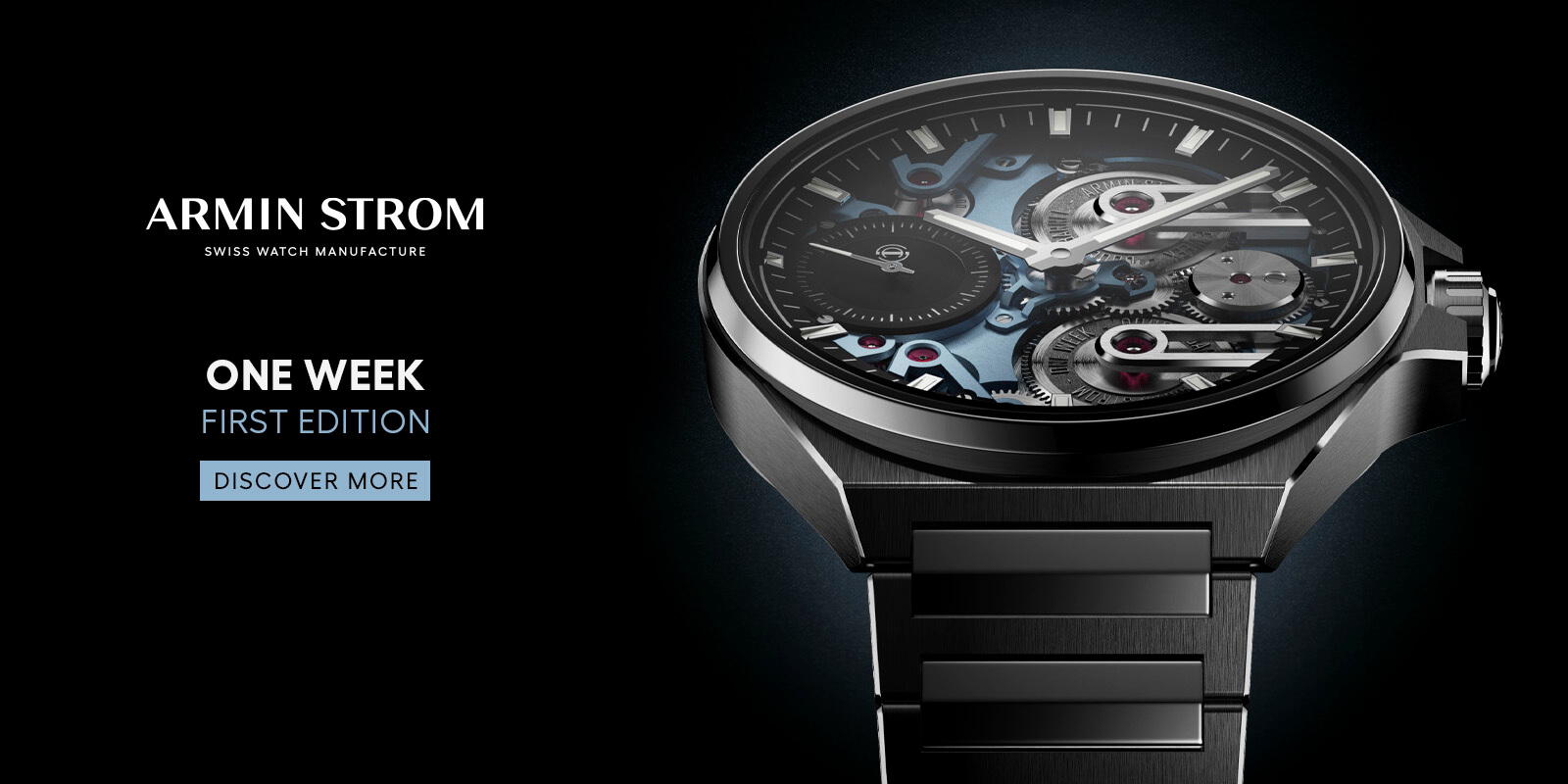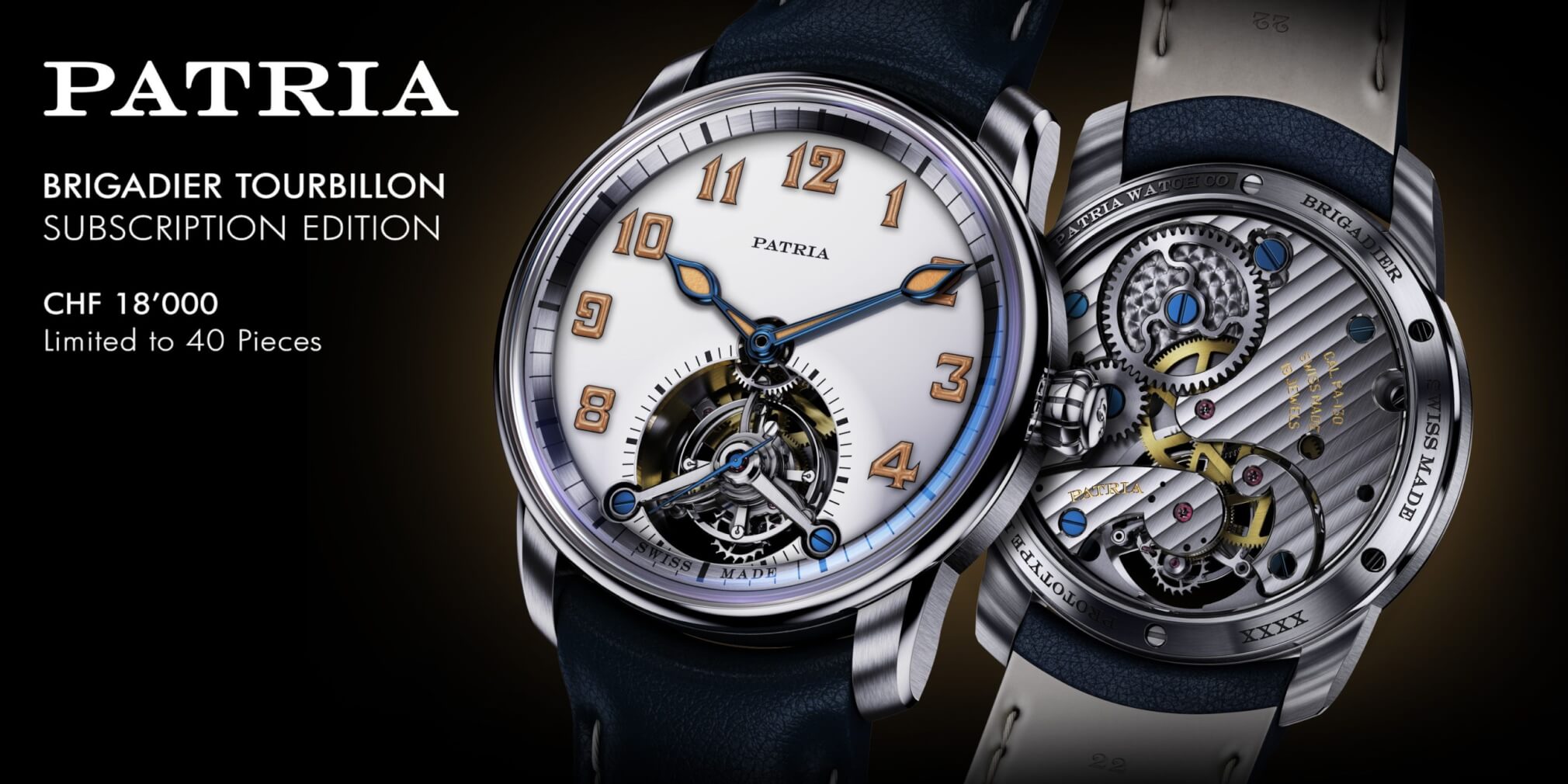Yalumba Wine’s 175th Celebration Museum Tasting: Domaine De La Romanée-Conti, Chateau d’Yquem, and Many More Outstanding Wines
by Ken Gargett
One of Australia’s most respected and beloved wineries, Yalumba situated at Angaston in the Barossa Valley, has reached the extraordinary milestone of its 175th anniversary. Impressive for any winery, and perhaps especially for what is still termed a New World operation.

Horse drawn dray loaded up at the Yalumba winery circa 1925
Still in family hands, under the current stewardship of fifth-generation, Robert Hill Smith, with daughter Jessica already heavily involved (and her sisters, Georgia and Lucy, following in her footsteps), it should remain so for several more lifetimes.

Yalumba chairman Robert Hill-Smith and his daughter Jessica
As part of their celebrations, Yalumba hosted one of their famous Museum tastings. Few wine events anywhere are more popular.
Before turning to the tasting, a quick look at Yalumba itself. We have looked at their prestige red, the Caley, on several occasions, as well as their contribution to the survival of the once obscure Viognier. There is so much more to their story.

Yalumba The Caley Cabernet Sauvignon Shiraz
The story has its genesis in 1847 when Samuel Smith, a 35-year-old brewer from Dorset, packed up his family and headed for the other side of the world and a new life. After arriving in South Australia (the only State in Australia that was not founded on the transportation of convicts, something the inhabitants are still fond of mentioning every chance they get), Samuel decided he would then pack everyone (wife and five children) into a bullock wagon and head for Angaston.
In those days, the village must have been barely more than a collection of huts, but most of the land was owned by George Fife Angas (guess from where the name of the town hails). Samuel was given a job working in the orchards.
Clearly, Samuel was no fool and he quickly worked out how well vines did in the region – it was very much mixed farming in those days. He must also have been a rather frugal gentleman as, by 1849, he had saved enough to convince Angas to sell him thirty acres.
Working day and night to plant his farm, he dubbed it, ‘Yalumba’, which, in the local dialect, meant ‘all the land around’.
————————————————————————————————-
————————————————————————————————-
The vines would have hardly had time to even think about their first harvest before Samuel and his son, left wife and daughters in charge, joined the hopeful and desperate from around the world, and took off on an extended five-week trek to the goldfields around Bendigo in Victoria.
Like so many, the dream did not come true, not immediately at least. Samuel and son dug sixteen shafts and every one of them came up empty. The seventeenth, however, literally struck gold. £300 of gold.
They returned to Angaston and invested their new-found riches in a plow, two horses and, most importantly, a further 80 acres (32 hectares).
Tough times but hard work saw the reputation of their wines slowly grow with recognition at both the International Exhibition in London in 1866 and the Paris Universal Exhibition in 1878.
After Samuel passed in 1888, his son, Sydney, succeeded him. He, in turn, was followed by his sons, Walter and Percy. Walter’s sons, Sidney Hill Smith and Wyndham Hill Smith, were next in line, though the 1938 Kyeema air disaster, when all aboard a flight from Adelaide to Melbourne that crashed were killed, took the life of Sidney. Also killed was Hugo Gramp, managing director of what would become Orlando/Jacob’s Creek.

Yalumba Signature vineyard
The ‘Hill’ came from Clem Hill, Wyndham’s uncle, an Australian cricket captain from the pre-Bradman era (a huge deal for Australians, although largely irrelevant in relation to wine). Robert succeeded his father Wyndham, in 1985, when he was just 34.

Yalumba winery and vineyards
Robert has done much to transform the face of Australian wine, not just through the continued success of Yalumba. Very briefly, their import arm, Negociants, brought most of wine’s great names to Australia. They established the Working with Wine Fellowship in 1998, which has helped educate many of today’s wine professionals.

Making wine barrels at the Yalumba cooperage
Yalumba is the only winery in Australia to maintain a cooperage, and for half a century they have run the leading viticultural nursery in the country.

Yalumba cooperage
In 2009, they were behind the introduction of the Old Vine Charter for the Barossa.
————————————————————————————————-
————————————————————————————————-
It is no exaggeration to say that without the efforts of Yalumba and chief winemaker, Louisa Rose, the Viognier grape might have gone extinct, or at the very least, would be little more than a curiosity. Robert introduced the concept of a high quality two-litre cask (bag-in-the-box), which is still successful today.

Yalumba winery in Angaston in the Barossa Valley, South Australia
Perhaps most important is their contribution to the use of screwcaps throughout Australia and New Zealand. Robert is going to need a very large tombstone when the time comes (many years from now, no doubt).

Yalumba cellar
I have digressed. The main purpose of today’s piece was to touch on the incredible wines that Yalumba so generously opened for all those attending their 175th celebrations. Yalumba has a legendary cellar that they have been adding to (and subtracting from, of course) for decades.
It includes many of their own great wines, going back at least one hundred years, wines that they have sourced from some of the great names that they have imported, and simply others they have added because they are brilliant wines. They roll out a selection on occasions.

The author Ken Gargett (left), Yalumba chief winemaker Louisa Rose, and wine journalist Nick Ryan
This was actually their 29th Museum tasting, which staggered me, the first back in 1977 (when I would not have known a decent wine had they drowned me in it). A lot of these have been in distant locations, or were professional and client tastings. I have been blessed to have attended several of them over the years.

Yalumba 175th anniversary Museum tastings
Some astonishing memories – this is when one decides if it is appropriate to roll out endless notes of astonishing and often incredibly rare wines that very few will ever see again or perhaps better to simply select a small range for mention. The latter seems the better choice.
At one of these events, I remember seeing the 1945 Mouton Rothschild, one of the most legendary wines ever made. As fine as it was, on the day it was certainly pipped by their 1953.
Another occasion, a trio of DRC (a domaine which makes regular appearances). At these events, one often shares a taste, and I was doing so with a friend from the West. I asked if he had seen the La Tache. Yes, he said, so I promptly scoffed the rest of the glass. As one would.
Usually, if one says one has seen a wine, it means one has tasted it. Apparently not so here. Poor bloke saw all the 1985 La Tache disappear down my throat. He has never let me forget it.
————————————————————————————————-
————————————————————————————————-
I remember Christian Pol Roger attending one of the Museum tastings, some years ago. He brought with him their 1914, which needless to say, drank gloriously. He did mention that it was a difficult vintage, as during harvest, “the Boche were rudely marching through the Somme”. Not a hassle current winemakers often encounter (although Chateau Musar in Lebanon might disagree – and Musar is one of the wineries imported by Negociants).

Rieslings at the Yalumba 175th anniversary Museum tastings
Tastings often include some stunning aged Rieslings from the Eden Valley as well as older examples of their premium Viognier, the Virgilius. Egon Muller, the great German producer that we have looked at previously, is another that usually makes an appearance. This time, an astonishing magnum of their flagship Riesling, the Scharzhofberger Auslese 1988.
Giaconda, a local cult winery which is one of the great Chardonnay producers from this country, is a regular, whether it be a Chardonnay like the 2011 at this latest event, or their Aeolia Roussanne from some years ago.
Past events have even seen vinous gems like the Penfolds Bin 60A 1962, well covered here.
This time, DRC also made an appearance amongst the whites with their fabled Montrachet from 2004, one of the wines of the day. It was in a trio including the 2011 Giaconda, far from disgraced, and a lovely 1999 Bonneau du Martray Corton Charlemagne.
Among the many eye-popping reds at this most recent event, the 1985 Vega Sicilia Unico Riserva was a particular favorite. Spain’s most famous red worked its magic. Other stars included the 1999 Rayas, a drink-on-bended-knee 1990 Lafite, the 1985 Sassicaia, which for many is the greatest Italian red ever made, and a pair of sublime DRC La Tache, 1985 and 1999 – it does not get better than that.
Of these, only the Sass was a little disappointing. One bottle was very good, but not as stellar as it can be, the other just a touch corked (if this day didn’t convince winemakers and consumers of the benefits of screwcap ahead of tree bark then nothing will). I have tasted the 1985 Sass on two previous occasions and both times it was a 100-point wine without question.

Châteauneuf-du-Pape wines at the Yalumba 175th anniversary Museum tastings
Space prevents inclusion of many of the mind-blowing wines from the day.
Finally, a wonderful magnum of Yquem 1999, an even more glorious magnum of 1977 Warres Vintage Port (as good as I have ever seen it drink) and last of all, a real curiosity, Yalumba’s 1923 Port (a form of local Colheita, a vintage tawny if you like). It was 100 points any day of the week.

Australian wines at the Yalumba 175th anniversary Museum tastings
Sadly, no Christian as the wonderful man passed away a few years ago, and no 1914, but the House kindly forwarded three bottles of their 1921, a stunning year, which was disgorged in 2013. It drank magnificently and was ample recognition of the high regard and respect that Robert, his family, his team, and his winery are held around the world.
For mor information, please visit www.yalumba.com/
You might also enjoy:
Yalumba The Caley 2014: An Aussie Classic From The Barossa Valley
Viognier Wines: Genuinely Unique Takes On This Rare, Resurrected Grape Variety
Sparkling Wine From Tasmania: Not Yet Champagne Level, But Very Close
Penfolds Bin 60A 1962: Australia’s Greatest Wine Ever (Or Certainly A Serious Contender)
The World’s Best Wine? No Contest: Romanée-Conti by Domaine De La Romanée-Conti
Leave a Reply
Want to join the discussion?Feel free to contribute!






Lovely article about Yalumba! Beautiful setting with beautiful wines.
Thans Christiaan. Much appreciated.